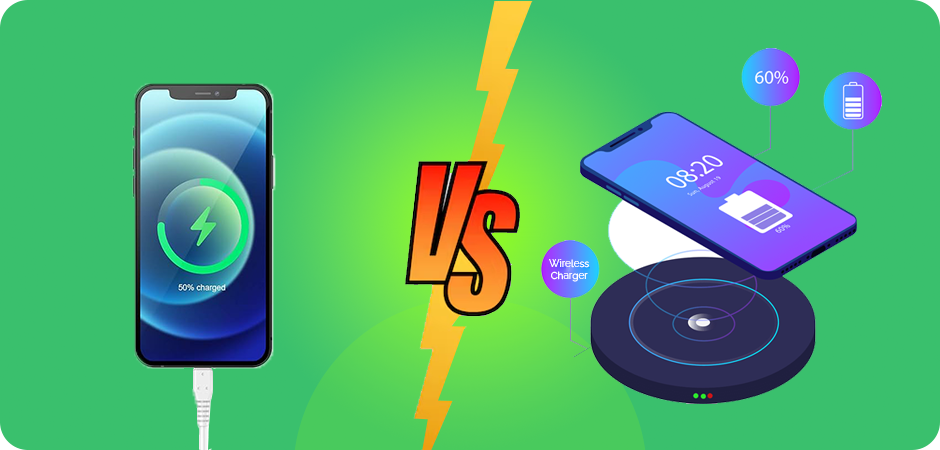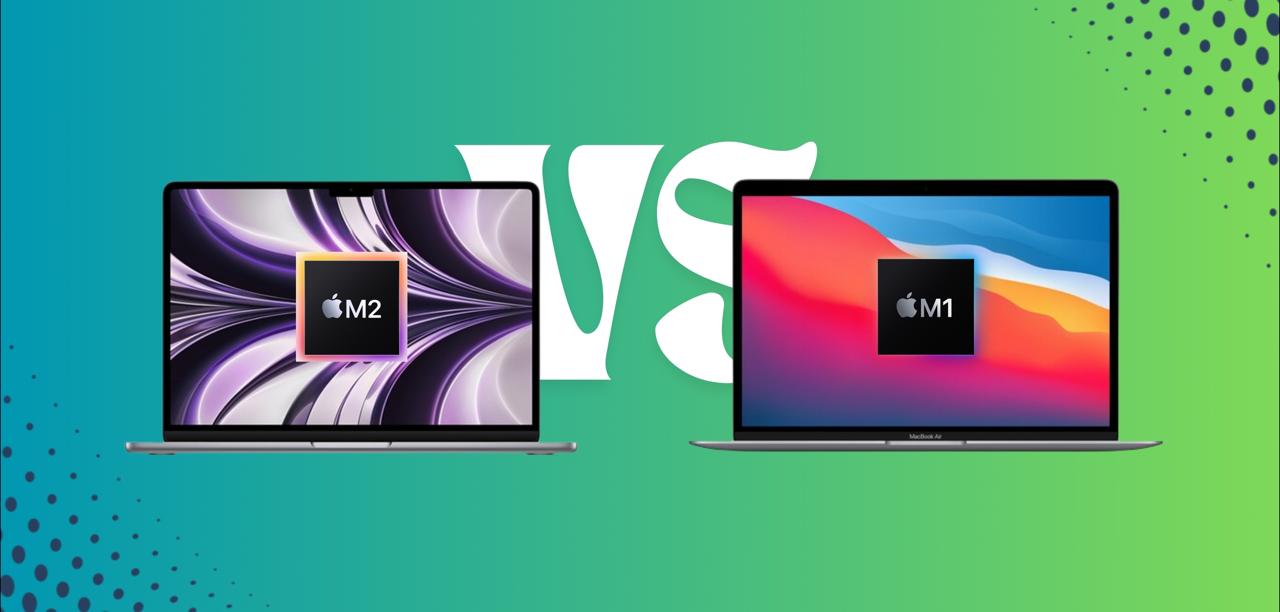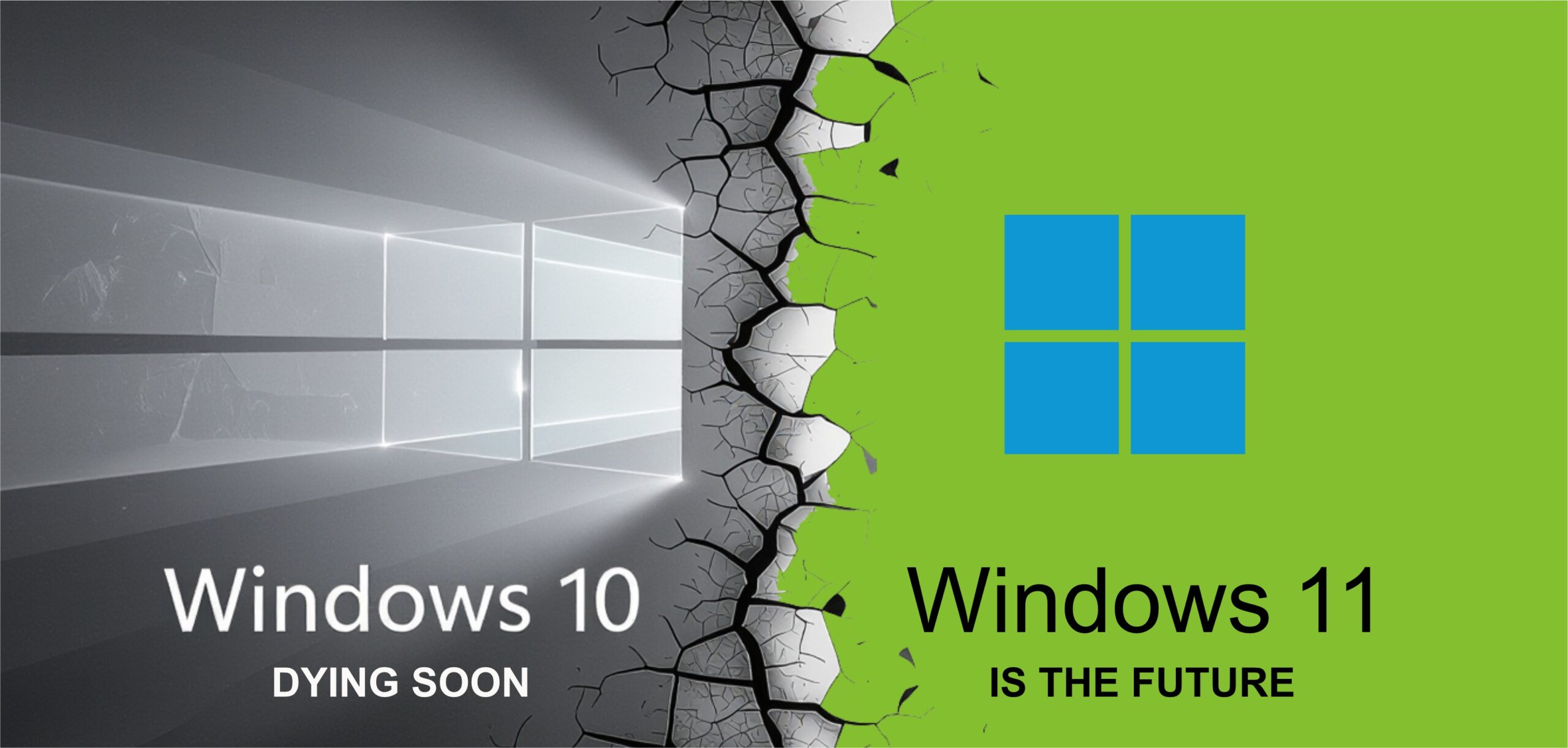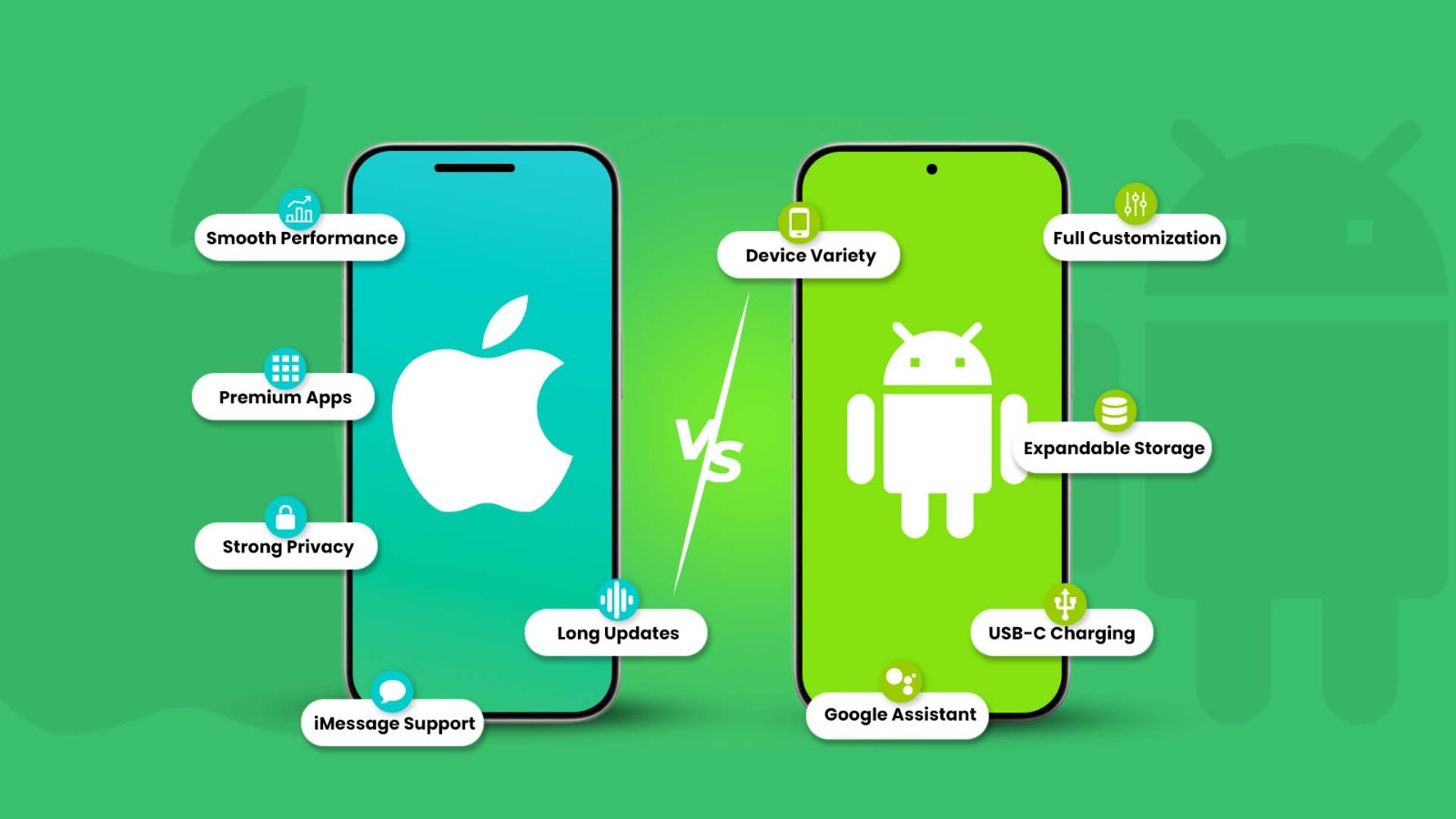Have you ever heard about the Wireless charger that has gained so much popularity in the world last almost 15 years Bart many people don’t know about the wireless chargers that have become the part of market nowadays. This is the latest technology that has been introduced in the world.
Wireless charges are becoming the trend on social media as they want to make it popular like the wired charger. In this blog, we will explore new facts and interesting things that you didn’t know before about wireless charging vs wired charging, without wasting time. Let’s get into:
Necessity Guide About 7 Wireless Charging vs Wired Charging
What Is Wireless Charging?
With wireless charging, there is no longer a need for wires or connectors to charge electronics, which is a huge benefit. Your smartphone, earphones, or other compatible gadget will start to charge when you place it on a wireless charging pad or stand.
The electromagnetic induction concept is the secret behind wireless charging’s enchantment. An electromagnetic field is created around the wireless charger by energy passing through a transmitter coil. This field creates an electric current in a receiver coil within your compatible gadget when you place it on the charger, charging the battery.
Different brands and kinds of wireless chargers use different standards, thus not all devices can be used with them. Qi (pronounced “chee”), created by the Wireless Power Consortium (WPC) and authorized by the majority of significant smartphone manufacturers, is the most widely used wireless charging standard. It will be simpler for you to switch to wireless charging thanks to this standard, which guarantees compatibility with a wide variety of gadgets and chargers.
What is Qi Inductive Wireless Charging?
The Wireless Power Consortium is developing Qi, which is derived from the Chinese word qi, an open interface standard that defines wireless power transfer via inductive charging over distances of up to 4 cm (1.6 inches). In essence, electromagnetic fields are used in wireless charging, also known as wireless power transfer, to safely transfer electricity from a transmitting source to a receiving device to charge or recharge a battery. Furthermore, it accomplishes this without requiring a physical connection, as the name implies.
Easy, effective, and secure, Numerous devices are powered or charged by qi. Cellphones, cordless kitchen appliances, and other items fall under this category. Qi delivers an exceptional standard by utilizing both resonance and induction technologies.
What Is Wired Charging?
The usual method that has been powering our devices for decades is wired charging. It’s the simple procedure that we’re all familiar with: you take a cable, insert one end into the USB port on your device, and the other end into the charging port on your device, and boom! Your gadget begins to charge.
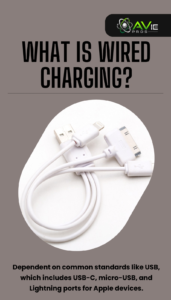
The direct electrical connection that cable charging creates between the gadget and the power source is its fundamental component. Fast and constant power transfer is made possible by this physical connection, guaranteeing that gadgets are fully charged and operational.
Compatibility with a large variety of devices is provided by wired charging, including computers, cameras, tablets, and smartphones. It is dependent on common standards like USB, which includes USB-C, micro-USB, and Lightning ports for Apple devices.
Wireless Charging vs Wired: Which Is Better?
With the growing number of times we use our electronics for work and play, the effectiveness and practicality of charging solutions have become essential. Wireless charging competes with the conventional, tried-and-true dependability of wired charging due to its increasing popularity and the draw of a cable-free experience.
So, the question that now has to be answered is: which pricing method is best for you? This tutorial examines the differences between the two charging techniques, weighing the benefits and drawbacks of wireless charging vs wired charging to give you the information you need to choose the one that best suits your digital lifestyle. Now let’s get started!
Wireless vs Wired Charging: Which is Better for Battery Life?
To begin with, any type of battery charging wears it out. External variables such as heat can increase this year, lowering the battery’s capacity over time. And this is where wireless charging falls short of traditional wired charging methods.
While charging, not all of the electricity drawn from a wall socket makes it to your device’s battery. Wireless charging is usually believed to be approximately 80% efficient. In practice, this figure could dip as low as 50%, depending on how well the coils in the charger and smartphone are aligned. Needless to say, cable charging is significantly more efficient because a copper line carries electricity exceptionally well and has no physical gaps. We evaluated 100W wired and wireless Charging to validate this hypothesis in the real world.
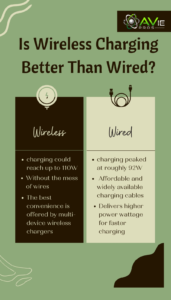
Coming back to wireless charging, any energy that does not reach your device is turned into heat. And, as previously said, repeated exposure to heat will harm your device’s battery. Furthermore, using a thick case on your smartphone may hinder it from cooling down rapidly enough.
Factors to Consider in Choosing Between Wireless vs Wired Charging
There are several important considerations when choosing between wireless charging vs wired charging, and each one has a unique impact on how well you charge. Here’s a closer examination of each of these factors:
Charging Speed
Because there is a direct connection between the device and the power source, wired charging allows for higher charging speeds. This is especially true for USB-C and Qualcomm Quick Charge technologies, which may substantially cut down on the amount of time required for compatible devices to charge.
However, compared to wired options, wireless charging is typically slower. Longer periods to get a full charge are caused by basic efficiency losses in the wireless charging method, particularly inductive charging. Though improvements are being made, and some recent models provide faster wireless charging, these usually fall short of the fastest wired options.
Convenience
With wired charging, a physical cable connection between your device and the charger is required. This may not always be as easy, particularly if you move your smartphone around a lot or have several gadgets that require various charging ports.
In wireless charging vs wired charging, Wireless charging is primarily about ease of use. Easy pick-ups and drops at your desk or bedside are possible with a charging pad as you don’t have to worry about plugging it in or locating the correct cord.
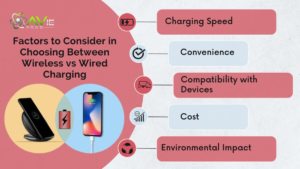
Compatibility with Devices
Since almost all devices come with a charging connection, wired charging guarantees compatibility right out of the box. Nevertheless, different devices may require different types of cables, such as USB-A, USB-C, Lightning, and so forth. However, not all gadgets have the capacity to handle wireless charging, so be sure yours does. Furthermore, the majority of contemporary smartphones and accessories come with wireless charging built-in. It’s critical to confirm whether your device is compatible with Qi wireless charging, the most extensively used standard.
Cost
In terms of price, wired chargers are typically a more affordable choice. The majority of smartphones come with the most basic charging hardware, and if you ever need a replacement, cables and chargers are reasonably priced. However, compared to conventional wired chargers and cords, wireless charging solutions such as pads and stands usually come with a greater initial cost. In wireless charging vs wired charging the cost of wireless charging devices can still be a major factor, even with a downward trend in prices. This is especially true for premium models that offer quicker charging speeds or additional functionality.
Environmental Impact
The materials used in cables and chargers, as well as the effectiveness of the charging technique, have an impact on the environment when it comes to wired charging. However, there can be a substantial amount of physical waste produced by damaged or outdated wires.
On the other hand, wireless charging offers a tidy, cable-free charging solution by doing away with the need for connections. However, compared to their wired counterparts, wireless chargers may be less energy-efficient, which could result in increased electricity use and a bigger carbon footprint. Moreover, the requirement for distinct charging pads for various settings (office, home, and vehicle) may lead to a rise in electronic waste.
Is Wireless Charging Better Than Wired?
As anticipated, wired charging prevails, but by a narrow margin. Even though less power is transferred over the cable, our data indicates that wired still prevails. Despite having equal starting temperatures, wireless charging could reach up to 110W whereas wired charging peaked at roughly 92W. Similarly, in wireless charging vs wired charging the wireless charging was closer to 44W generally but still took longer to charge than wired charging, which mostly hovered around 41W.
When it comes to the point when you are measuring the power draw, all of this is normal behavior. while we test the power flowing through the charging cable, it will be marginally more than the power sourced from the wall while using wireless charging, and marginally less than the energy that makes it to the phone. Due to the loss that occurs during the conversion of mains voltage and current, charging bricks are not entirely efficient. Here, even though HONOR’s plug draws more than 100W from the power, only 92W makes it to the wire.
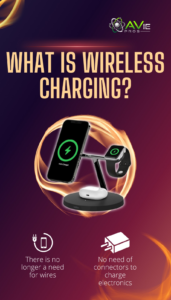
With HONOR’s arrangement, a 135W power brick is needed for wireless charging, which enables over 100W to reach the wireless charging stand. The power level that reaches the phone will be significantly lower. Heat, transmission loss through the air, and coupling between the induction rings all contribute to additional loss while delivering power wirelessly. A wireless power loss of 20% or more would be considered typical.
We have also calculated some approximations for the power level that the battery receives during charging to substantiate this. Use this data as a rough guide rather than an exact one because it isn’t as high precision as our charging data. Power levels reported at the battery during wireless charging were, on average, about 24% lower than those recorded at the pad. This indicates that the battery only sees 85W at its highest, even if the pad may pull 110W. Similarly, with normal pad power levels of 44W, only about 33W would reach the battery.
In comparison, we computed an average loss of only 4% between the phone’s battery and the USB-C charging connector. Thus, 88W of the 92W peak wired power reached the battery, and for the majority of the charging period, the cell received approximately 39W of power—a little bit more than the power levels the battery experienced during wireless charging. This contributes to the explanation of why wireless charging takes a little longer than wired charging.
We recorded only a minute or two between significant milestones and even a full charge, even though traditional wires prevailed in our wireless charging vs wired charging contest. Particularly at these high power levels, fast wireless charging is almost as good as the finest wired wall chargers. Heat, not speed, is the true trade-off, which is, as far as we are aware, detrimental to the lifespan of internal smartphone components. For this reason, high-power wireless charging stands such as HONOR’s 100W model have cooling fans.
Wireless Charging vs Wired Charging: Pros and Cons
Each charging technique has advantages and disadvantages of its own when compared to wireless charging. Let’s examine the benefits and drawbacks of each approach to see how they compare.
Wireless Charging
Pros
Convenience: Wireless chargers’ greatest benefit is their ease of use. Putting your device on a charging pad will save you from having to fiddle with wires or connectors. Reduced Wear and Tear: The device’s charging ports endure less wear and tear when there isn’t a frequent need to plug in and unplug it, which could lengthen its lifespan. Aesthetics and Cleanliness: Without the mess of wires, wireless charging arrangements can be more aesthetically beautiful and help create a neater, more organized space.
Cons
Speed: Although wireless charging technology is advancing, cable solutions often offer faster charging speeds than wireless ones. This is especially true for wired technologies that support fast charging. Device Placement Sensitivity: It might occasionally be difficult to get devices precisely placed on the charger for optimal charging. Inefficiency: Heat generated during the transmission phase makes wireless charging potentially less energy-efficient.
Wired Charging
Pros
Speed: When it comes to quick power-ups, wired charging is usually far quicker than wireless charging, especially with fast-charging technologies. Efficiency: Compared to wireless methods, it provides more energy-efficient charging with reduced power loss during the process. Reliability: A steady and dependable charge is guaranteed by wired charging since it is not impacted by the device’s positioning or alignment. Cost-Effective: Compared to wireless chargers, wired options are typically more accessible and less costly.
Cons
Wear and Tear: Over time, wear and tear from frequent usage of charging ports and cables may necessitate replacements. Convenience: Because cables are prone to get tangled and knotted, they can be a source of aggravation and disarray, particularly when one is on the road or has to charge several devices at once. Clutter: Cables can add to a congested living room or workstation, which takes away from the general order and neatness of the space.
My Narrative
It’s important to take your lifestyle and tastes into account when deciding between wireless charging vs wired charging. For example, cable charging can be more enticing due to its quickness if you’re constantly on the go and require quick power boosts. On the other hand, if you value simplicity and clutter-free spaces or frequently use your device in settings where it’s advantageous to lessen wear on conventional ports, wireless charging might be the way to go.
In terms of selecting the appropriate billing mechanism, there is no one-size-fits-all solution. It all comes down to striking the right balance between your device ecosystem, lifestyle, and personal tastes. You can choose a charging solution that satisfies your present requirements while adjusting to emerging technologies and fashions in the always-changing world of mobile devices by taking these aspects into account.
FAQs
Is wireless charging slower than wired charging?
In general, sure. Because wireless charging is less efficient and has slower power transfer rates than cable charging, it usually takes longer to charge a device.
Can wireless charging damage your phone battery?
No, the battery of your phone is not harmed by wireless charging by nature. But, compared to cable charging, it can produce more heat, which over time may harm battery health.
Are all phones compatible with wireless charging technology?
Wireless charging isn’t compatible with every phone. The phone must support inductive charging and have the required hardware, usually a built-in wireless receiver coil, to be compatible.
